CW: Pet loss
In 2017, when Mr Bun was 15 years old, I decided that what the house needed was a kitten. I assumed that Mr Bun would ignore the kitten, which turned out to be disastrously wrong, but although I can’t honestly say the integration went particularly well, it was not for lack of trying. Charlie was the sweetest kitten, and he enchanted my partner – who had not grown up with pets. Charlie had huge orange-cat energy, a loving, people-oriented cat without a scrap of self-consciousness. In the best way.
By the time we got Charlie, I’d had cats at home almost continuously for 40 years. 40 years was a long time ago, and cats were often treated like little contractors that came and went as they pleased. You didn’t do much for them but let them in and out of the house and take them to the vet if they got really sick (maybe not coming back) or got hit by a car (almost certainly not coming back). It seems weirdly chilly now, but it was normal then. And you think you really know the landscape after all that time, but I’d had some hints that it was changing. In 1998, when the Wumpus, a sweet tabby I’d got in college, fell ill, I learned about specialty veterinarians. It didn’t surprise me that there were veterinary cardiologists, veterinary radiology practices, or even internal medicine veterinarians – after all, I’d worked in a local children’s hospital, and knew veterinary hospitals offered a similar level of programs. But that was the first time I’d had a cat that needed those services.
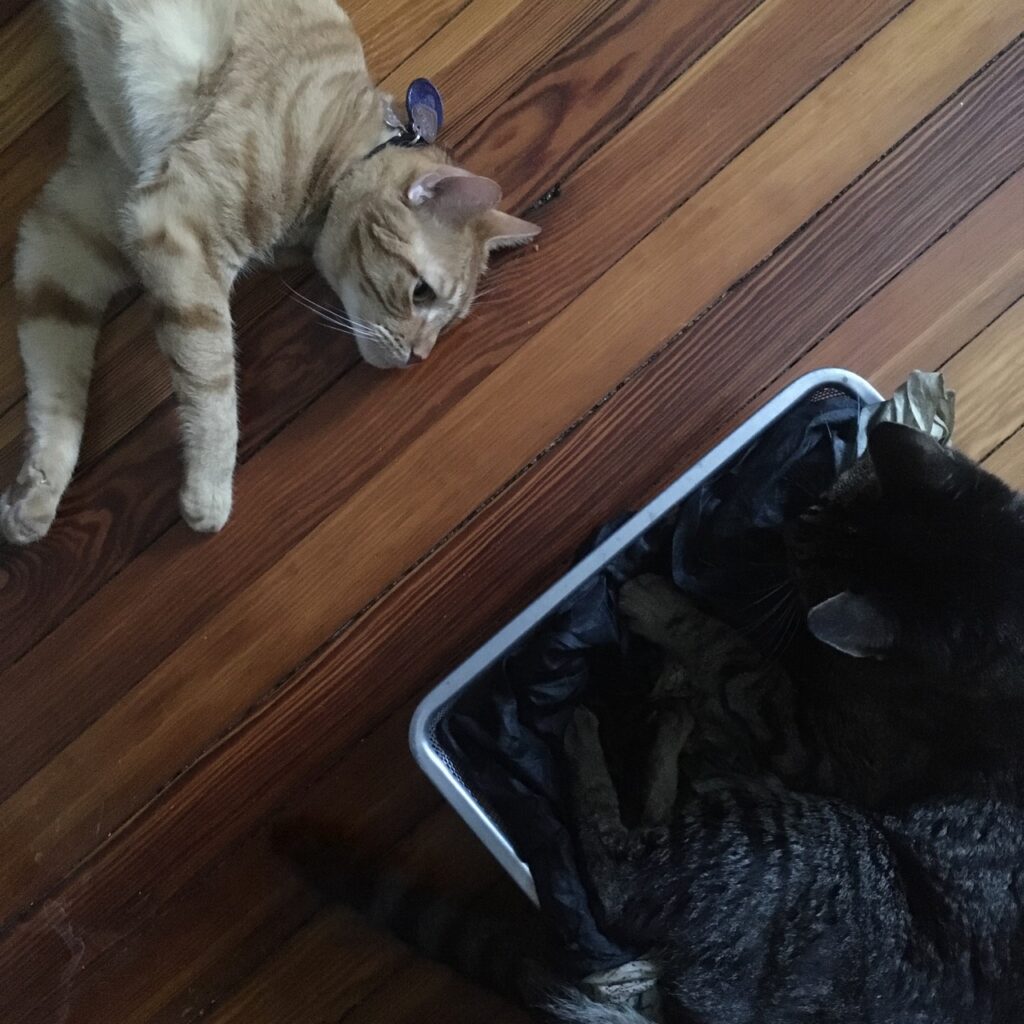
Shortly after we got Charlie, Mr Bun was diagnosed with chronic kidney disease and placed on a medical diet. He probably blamed Charlie. He really developed a hostility to him, probably because Charlie got so big and Mr Bun just had no interest in playing or in being “cuddled.” It was a bit of a running joke, although a source of sadness for us, too. Healthwise, Mr Bun did pretty well with minimal management. In retrospect, we could have been more proactive about his blood pressure, but a variety of veterinary studies have observed the negative effects of multiple medical interventions for pets. “Just” medication seems easy enough, but every cat owner knows better; giving medication to a pet can be stressful for all involved.
When the internist referred the Wumpus to UC Davis’s veterinary school for surgery, it was pretty easy to ask the right questions – he was so sick, and it was so hard to imagine a long drive and a surgical stay making any difference. I also heard some frankly ludicrous, almost denialist suggestions from other specialists about doing “whatever I could” to prolong Wumpus’s life. I have doctors in the family and had lots of helpful talks with them, so it wasn’t hard to be honest about Wumpus’s condition. My regular veterinarian offered to come to my apartment for his final visit, and it was such a kindness. A necropsy (an animal autopsy) showed cancer in multiple tissues, to an extent that no surgical plan could have addressed. I was determined that I’d do the same for Mr Bun: quality-of-life watch and then the gentlest possible end-of-life care.
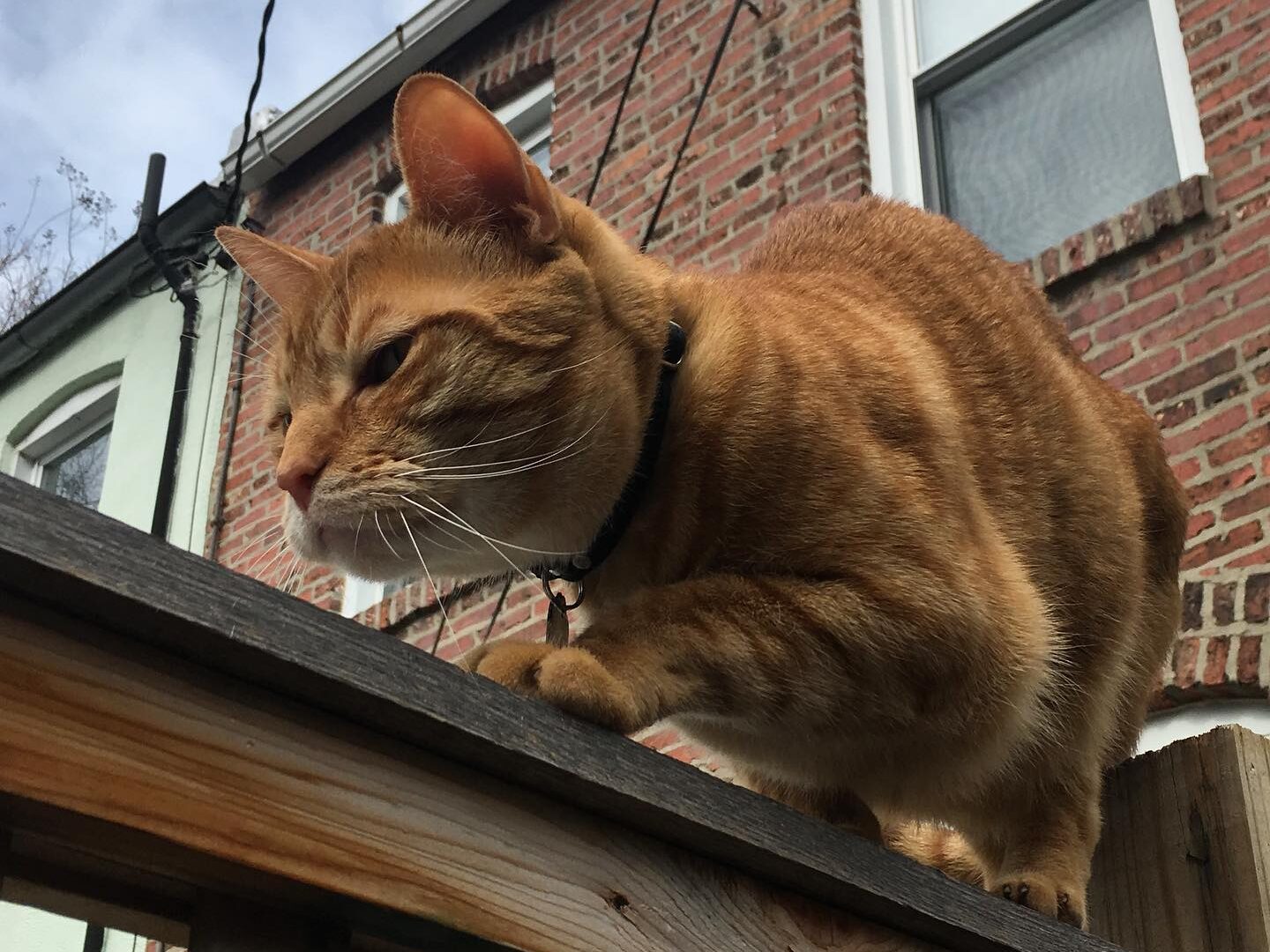
Charlie was fine, of course! This was just the kind of melancholy backdrop – to even the happiest arrival of a new pet in the house – behind any person who’s had pets for longer than the average lifespan of a pet. Those loved ones are always with us, succeeded perhaps but never replaced, fading with time and occasionally thrown into sharp relief. But retrospect would catch me with Charlie, too. When he was about 3 years old, he started to have what looked like absence seizures – he stared into space briefly, like someone had pressed pause, and sometimes fell over. I asked the vet about it, and they said to keep a log and we’d review it at his next visit.
Nothing much happened over the next few months, and then, quite suddenly, Charlie started hyperventilating and then rattling. I took him to the emergency vet, who put him on oxygen and a diuretic (to treat fluid buildup in the body by increasing the production of urine). They happened to have a slot open soon after for an echocardiogram, an ultrasound scan of the heart, so we booked that and brought him back. When we took him home afterward, he was sick and frightened and incontinent. It was devastating. He was diagnosed with hypertrophic cardiomyopathy – muscle tissue in his heart was thick and stiff, making it hard for the heart to pump blood effectively. He was given several medications. He refused to eat, no matter what we offered him. My partner and I ended up sleeping apart, so each cat could have a person with them, without seeing each other. The emergency vet suggested keeping him overnight because he was “at risk of sudden death,” but we definitely couldn’t face the idea that if that happened, it would be in an exam room or a kennel, and we would be nowhere near him. In daylight, I reached out to the end-of-life vet practice for an appointment.
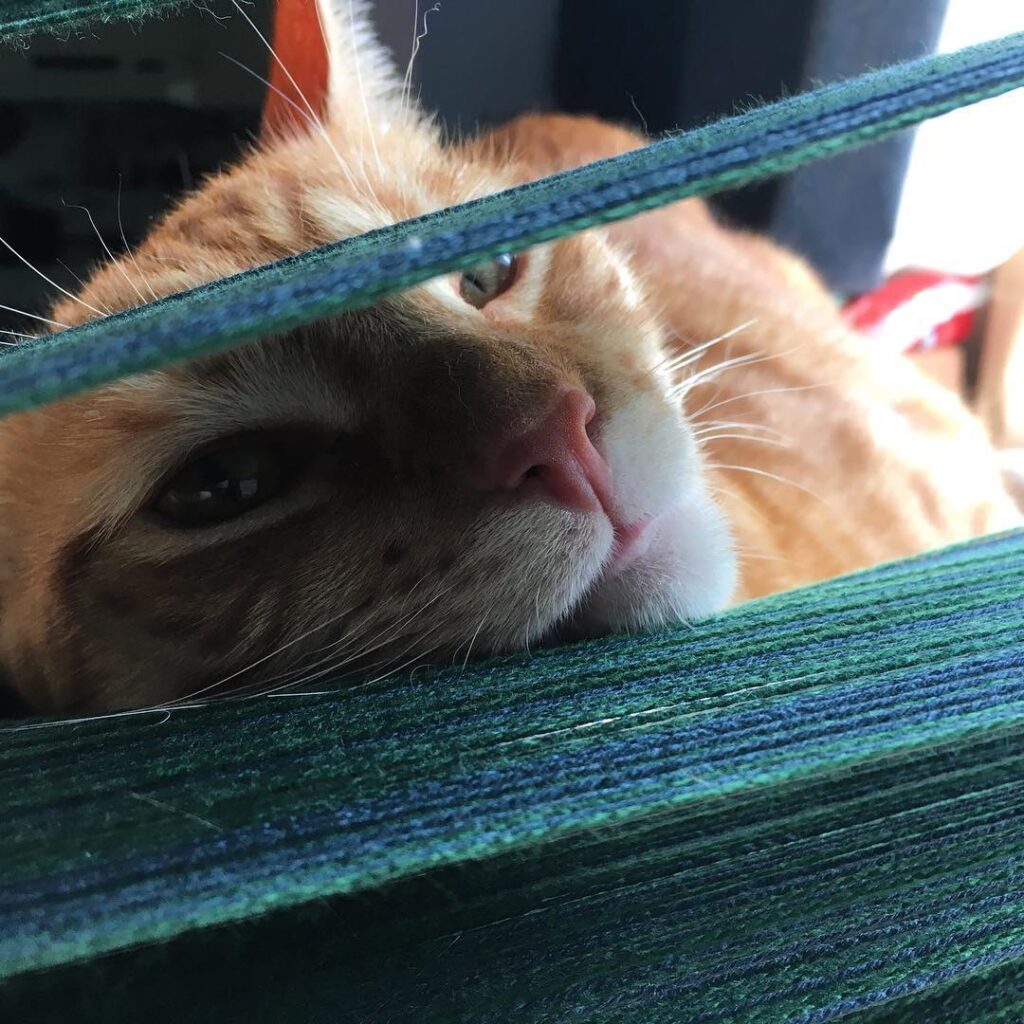
Hypertrophic cardiomyopathy is the most common form of heart disease in cats. If your vet says your cat has “a murmur,” that’s something they’re thinking about. But there’s a wide range from mild issues to serious, progressive disease. And in cats with serious disease, it can come on fast; cats are experts at hiding their discomfort. A few years before this, a study in the Journal of Feline Medicine and Surgery asked, “Is treatment of feline hypertrophic cardiomyopathy based in science or faith?” They concluded that it was a little of both, with a smattering of extrapolation from treatment recommendations in humans and less-than-ideal recourse to the literature (except when it came to what not to do…if they were up on it). The top two reasons veterinarians gave for a particular treatment plan were “1. Favorable personal experience. 2. Probably doesn’t hurt and might help.” I scoured his previous veterinary records for a note about a murmur or any kind of hint. Nothing.
This was a shattering time. I’d had cats with terminal conditions – Mr Bun was shuffling toward his end at the very same time – but never so young. The anticipatory grief of knowing that Mr Bun’s life expectancy was short did nothing to inoculate us against the paralytic sorrow of seeing Charlie get so sick so quickly. If anything, it intensified the suffering, underscored the sheer wrongness of his rapid downward spiral at such a young age. The end-of-life vet wasn’t able to come to the house for a couple of days, a desolate vigil of offering food and water, making sure at least one of us was home at all times, and trying to hold him as continuously as possible.
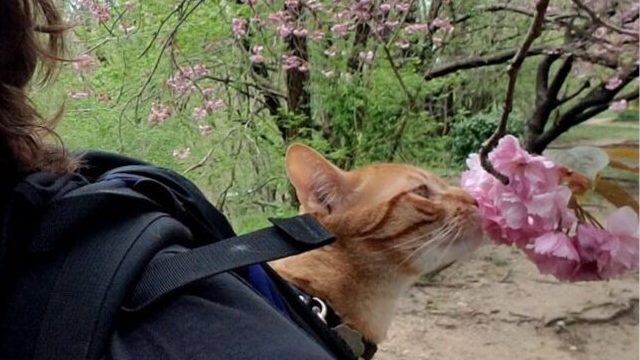
We used Lap of Love for his final visit. The veterinarian was gentle and soothing and talked to us about Charlie. I barely remembered the conversation even shortly afterward, just felt that she fully inhabited two roles: assist the dying and support the surviving.
Mr Bun loved having the solitary run of the whole house again. For many reasons, I later realized, I should have gotten 2 same-age kittens, but although I devoutly wanted him to be comfortable, I resented his … was it … cheer? Looking back at my journal in the week or so afterward, I found, “Mr Bun is as happy as a pig in shit. This is why people believe in curses.” Grossly unfair to pigs, but emblematic of the miserable tension I felt. My partner suggested that Mr Bun would give up after Charlie died, but he lived another 6 months before his quality of life dipped decisively. As I thanked the end-of-life vet for the kind treatment, yet again, I added, “I hope you understand that we hope we won’t have to call again anytime soon.” She warmly agreed.
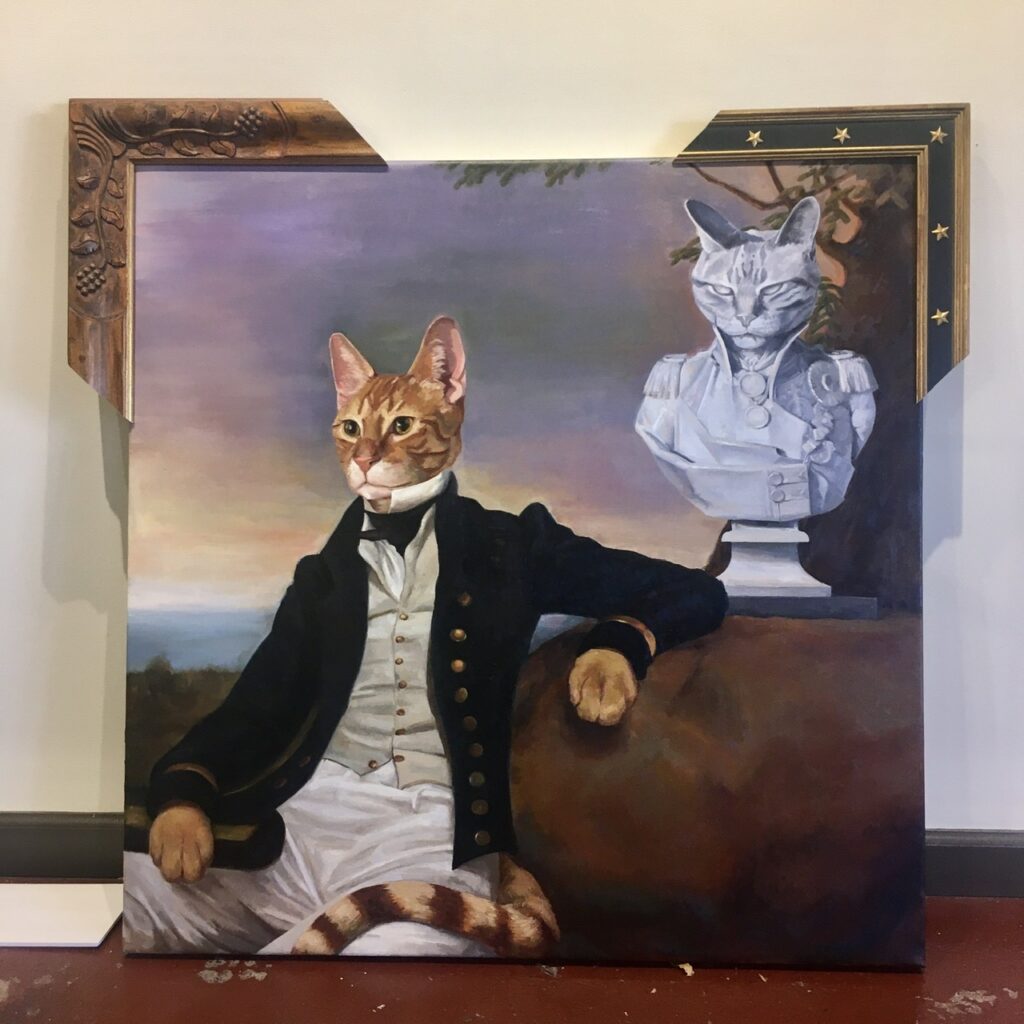
How do you memorialize a pet properly? The year we lost Charlie was a time of global anguish. The COVID-19 pandemic was in full swing, and the first vaccine rollouts happened after his death. Unemployment was rampant, and our usually vibrant, walkable neighborhood was sepulchral, the remaining open restaurants doing take-out only. It was so strange to experience such a small, personal misery against such an enormous sweep of human suffering. We were fortunate that our jobs had been stable, so we commissioned a portrait of Charlie by a local artist, Grace Doyle. Her painting, oil on linen, adapted a portrait of a British naval officer who died – also at an absurdly young age – in the war of 1812. The artist added Mr Bun’s scowling face, in the form of a bust modeled after the famous (one-armed) Admiral Nelson. They gaze out at us in the living room today.
—
Rishniw et al. Is Treatment of Feline Hypertrophic Cardiomyopathy Based in Science or Faith?: A Survey of Cardiologists and a Literature Search. J Feline Med Surg. 2011;13(7):487-497. doi:10.1016/j.jfms.2011.05.006

